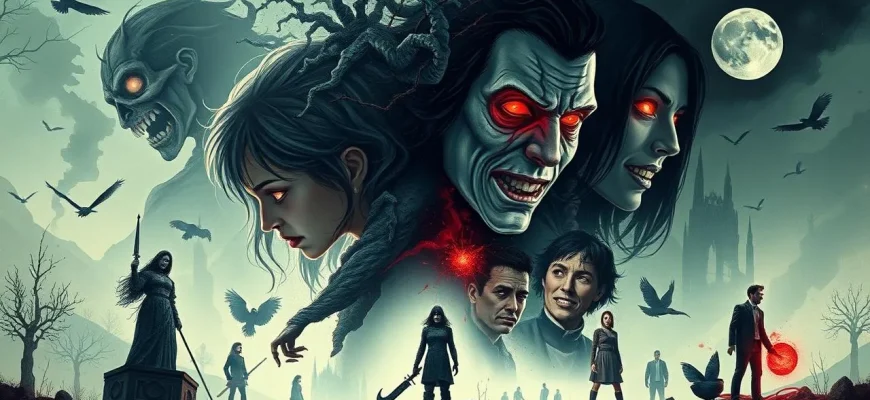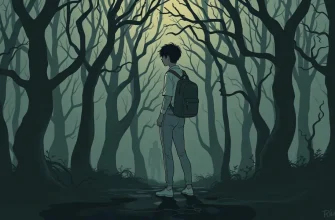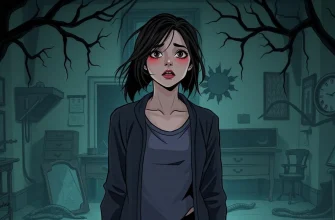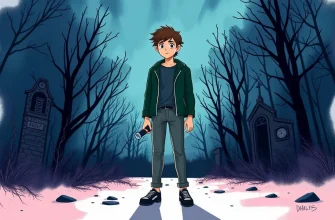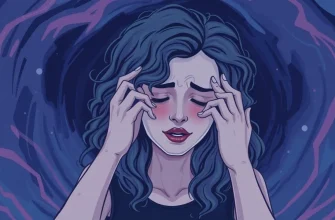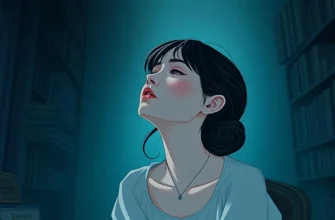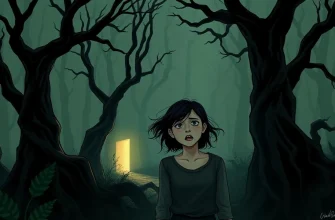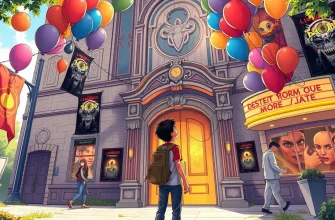The horror genre has always been a fertile ground for exploring the theme of transformation, where characters undergo physical or psychological changes that are both fascinating and terrifying. This selection of films delves into the unsettling world of metamorphosis, offering a mix of classic and contemporary cinema that showcases the macabre beauty of transformation. These films not only provide spine-chilling entertainment but also offer a deeper look into human fears and the unknown.
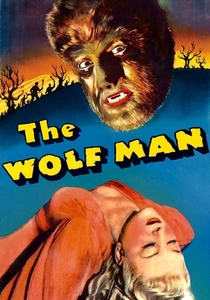
The Wolf Man (1941)
Description: This Universal Monster film set the standard for werewolf movies, with its tale of a man cursed to transform into a beast under the full moon.
Fact: The film introduced the now-iconic line, "Even a man who is pure in heart and says his prayers by night, may become a wolf when the wolfbane blooms and the autumn moon is bright."
 Watch Now
Watch Now
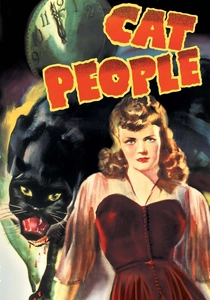
Cat People (1942)
Description: A psychological horror film where a woman fears she will turn into a panther when sexually aroused, exploring themes of repression and transformation.
Fact: The film was remade in 1982 with a more explicit transformation sequence, but the original remains a classic for its subtlety and atmosphere.
 Watch Now
Watch Now
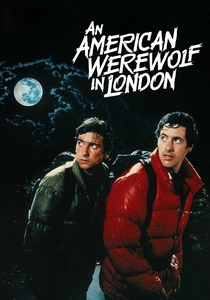
An American Werewolf in London (1981)
Description: A classic in the werewolf subgenre, this film features one of the most iconic transformation sequences in cinema, where a man turns into a werewolf under the full moon.
Fact: The film's transformation scene took six months to shoot, using a combination of animatronics, makeup, and stop-motion photography.
 Watch Now
Watch Now
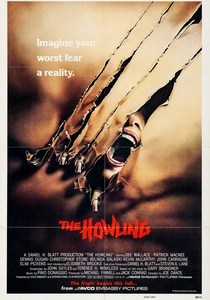
The Howling (1981)
Description: Another werewolf film, this one focuses on a news anchor who undergoes a transformation after a traumatic event, leading to a series of chilling revelations.
Fact: The film was one of the first to use a combination of practical effects and animatronics to depict the transformation process.
 Watch Now
Watch Now
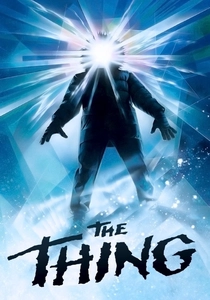
The Thing (1982)
Description: John Carpenter's masterpiece about an alien life form that assimilates and imitates other organisms, creating a tense atmosphere of paranoia and transformation.
Fact: The film was initially panned by critics but has since been recognized as a sci-fi horror classic, with its practical effects still admired today.
 Watch Now
Watch Now
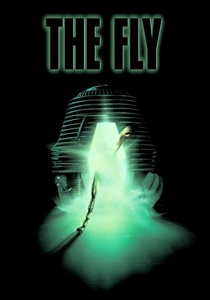
The Fly (1986)
Description: This film explores the horrific consequences of a scientist's teleportation experiment gone wrong, leading to a gradual and grotesque transformation into a human-fly hybrid.
Fact: The film's special effects were groundbreaking, earning Chris Walas an Academy Award for Best Makeup. The transformation scenes were so realistic that they reportedly made some viewers physically ill.
 Watch Now
Watch Now
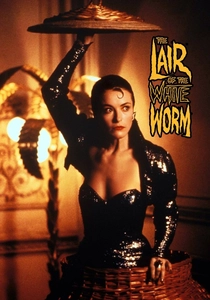
The Lair of the White Worm (1988)
Description: Ken Russell's adaptation of Bram Stoker's novel features a snake-worshipping cult and a transformation into a giant serpent.
Fact: The film includes a cameo by Hugh Grant in one of his early roles, and its surreal, campy style has made it a cult favorite.
 Watch Now
Watch Now

Ginger Snaps (2000)
Description: This film uses the metaphor of lycanthropy to explore themes of adolescence and transformation, focusing on two sisters dealing with the onset of puberty and a curse.
Fact: The film was praised for its unique take on the werewolf genre, blending horror with dark comedy and feminist themes.
 Watch Now
Watch Now
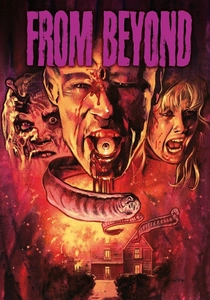
From Beyond (1986)
Description: Based on a story by H.P. Lovecraft, this film deals with scientists who open a portal to another dimension, leading to grotesque transformations of the human body.
Fact: The film's special effects were created by the legendary makeup artist, Mark Shostrom, known for his work on other horror classics.
 Watch Now
Watch Now
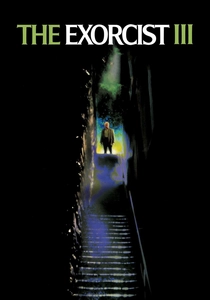
The Exorcist III (1990)
Description: While not strictly about physical transformation, this film explores the psychological and spiritual transformation of a character possessed by a demon.
Fact: The film was directed by William Peter Blatty, the author of the original "Exorcist" novel, and features a surprising twist involving possession.
 30 Days Free
30 Days Free

